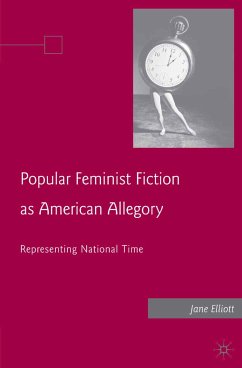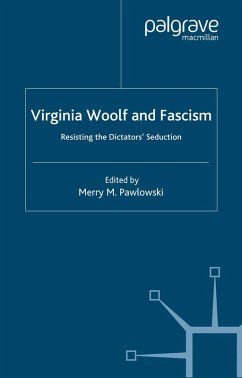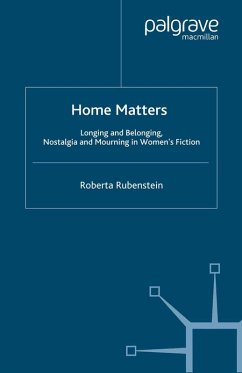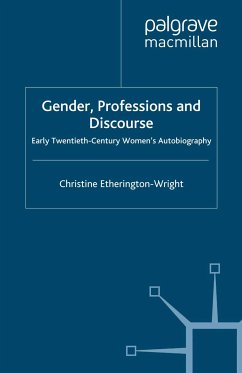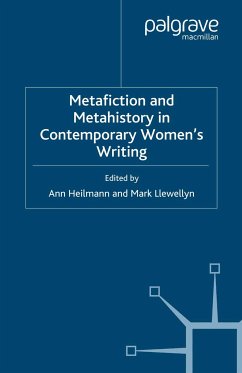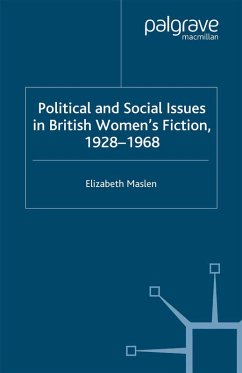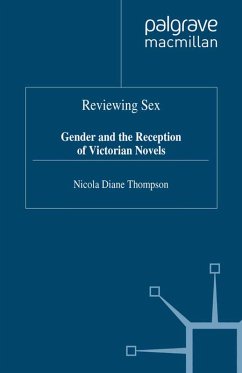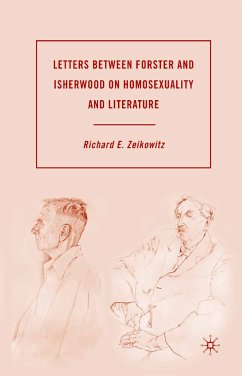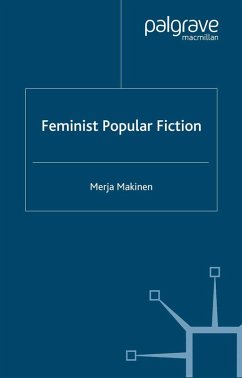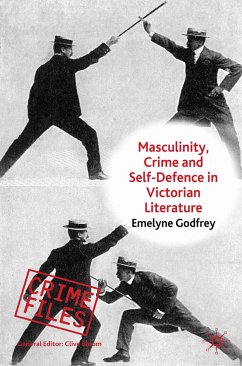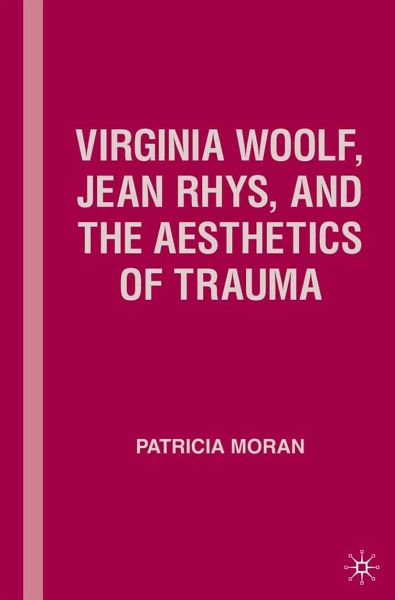
Virginia Woolf, Jean Rhys, and the Aesthetics of Trauma (eBook, PDF)
Versandkostenfrei!
Sofort per Download lieferbar
40,95 €
inkl. MwSt.
Weitere Ausgaben:

PAYBACK Punkte
20 °P sammeln!
This is a study of modernism, sexuality, and subjectivity in the work of two leading women modernists. Each confronted the aspects of her culture and personal history that resulted in a degraded sense of female sexuality and explored how traumatic childhood sexual experiences informed their relationship to female corporeality and fiction-writing.
Dieser Download kann aus rechtlichen Gründen nur mit Rechnungsadresse in A, B, BG, CY, CZ, D, DK, EW, E, FIN, F, GR, HR, H, IRL, I, LT, L, LR, M, NL, PL, P, R, S, SLO, SK ausgeliefert werden.



